CrossFit
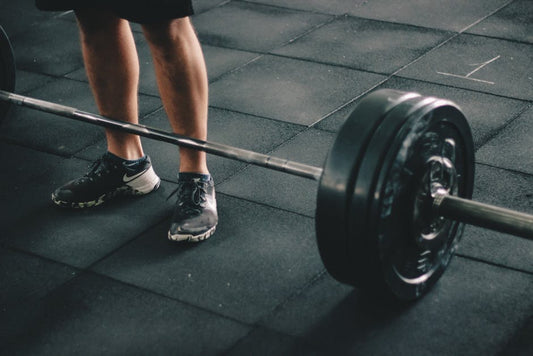
Know the Importance of the Weightlifting Modali...
In CrossFit, there are different modalities one of which is the bodyweight modality and the other the weightlifting modality. One thing you should know as an athlete is that during...
Know the Importance of the Weightlifting Modali...
In CrossFit, there are different modalities one of which is the bodyweight modality and the other the weightlifting modality. One thing you should know as an athlete is that during...
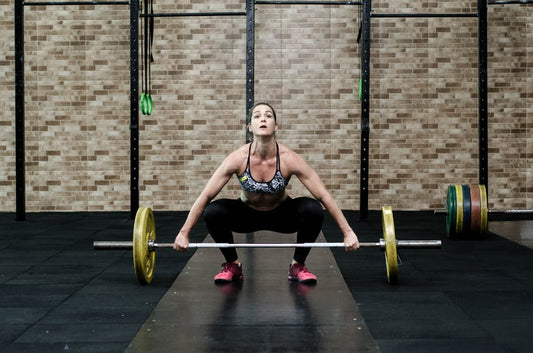
High Protein Foods to Incorporate in Your Cross...
There are many reasons why CrossFit athletes seem to be obsessed with protein. First and foremost, this macronutrient helps in building and repair of muscles. Additionally, it helps in revving...
High Protein Foods to Incorporate in Your Cross...
There are many reasons why CrossFit athletes seem to be obsessed with protein. First and foremost, this macronutrient helps in building and repair of muscles. Additionally, it helps in revving...

How Cross Training Workouts in Your 20s is Diff...
The twenties is a very active age brackets and many people get lots of certifications in physical fitness. However, as you move into your thirties and forties, the energy level...
How Cross Training Workouts in Your 20s is Diff...
The twenties is a very active age brackets and many people get lots of certifications in physical fitness. However, as you move into your thirties and forties, the energy level...
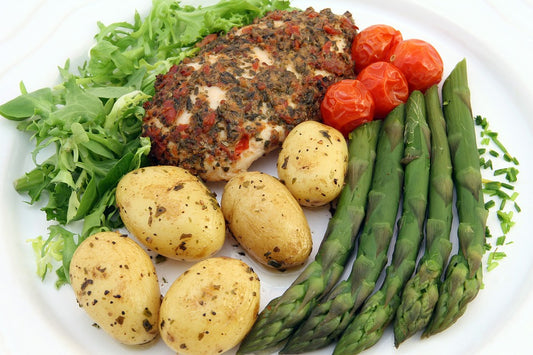
Cross Training Diet: What to Eat to Pack on Size
Many athletes in the CrossFit gym acknowledge that adding mass is synonymous with moving the weight a lot easier. Furthermore, people who have packed on size look stronger. Resistance training...
Cross Training Diet: What to Eat to Pack on Size
Many athletes in the CrossFit gym acknowledge that adding mass is synonymous with moving the weight a lot easier. Furthermore, people who have packed on size look stronger. Resistance training...
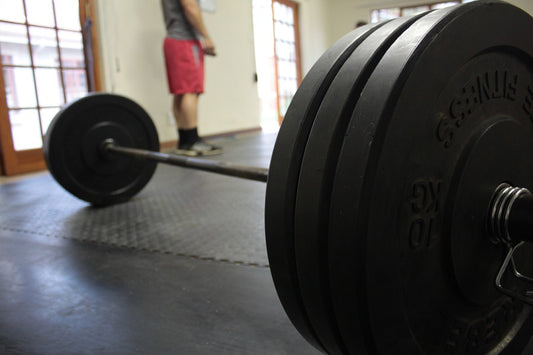
Cross Training Diet: Antioxidants that Optimize...
Free radicals can cause cell damage if not monitored. Basically, radicals originate from the body’s oxidation processes and are commonly associated with inflammation of the muscles, joints, and tendons. Antioxidants...
Cross Training Diet: Antioxidants that Optimize...
Free radicals can cause cell damage if not monitored. Basically, radicals originate from the body’s oxidation processes and are commonly associated with inflammation of the muscles, joints, and tendons. Antioxidants...
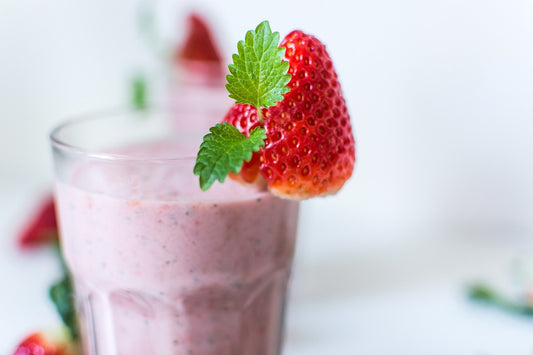
Cross Training Diet : Top Must-Have Foods for Y...
If you are an athlete who frequents the CrossFit gym, then probably you are familiar with a stage known as a plateau where irrespective of how hard you work, the...
Cross Training Diet : Top Must-Have Foods for Y...
If you are an athlete who frequents the CrossFit gym, then probably you are familiar with a stage known as a plateau where irrespective of how hard you work, the...

